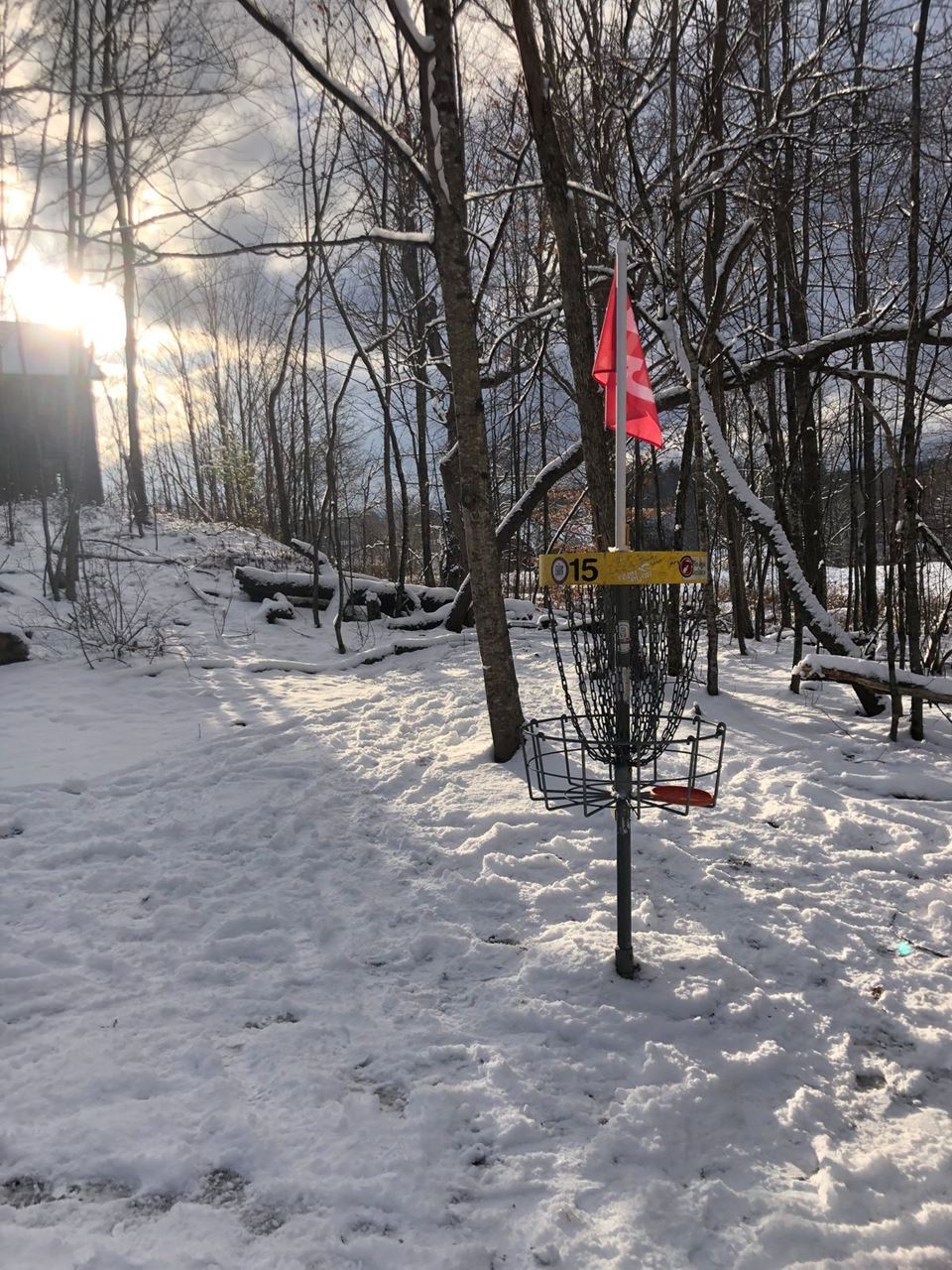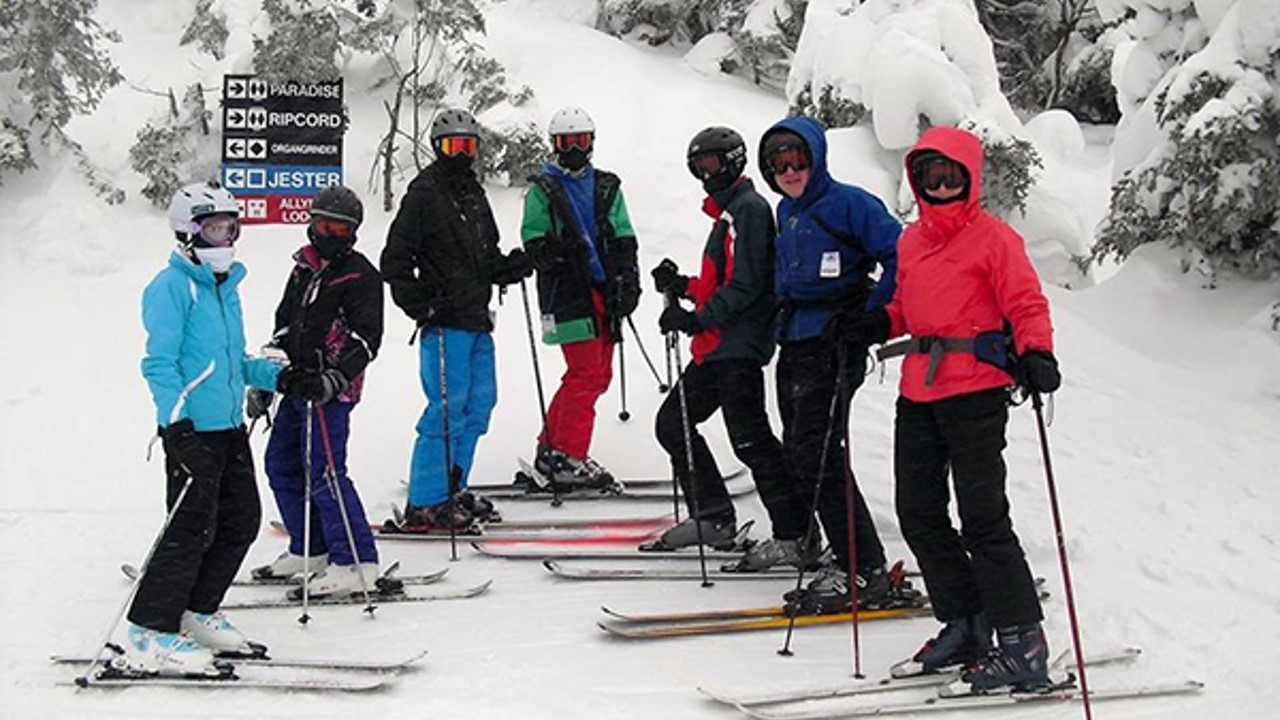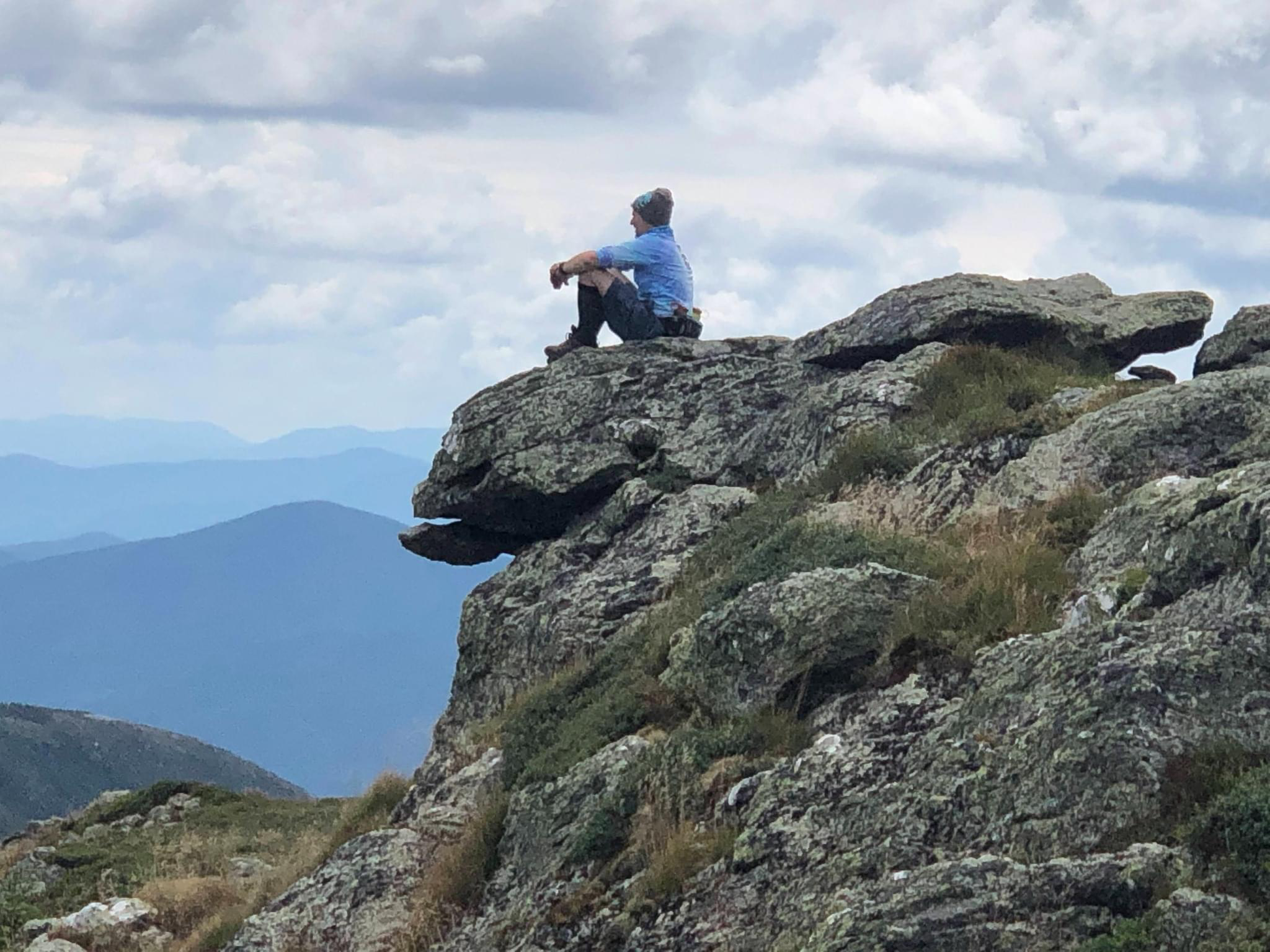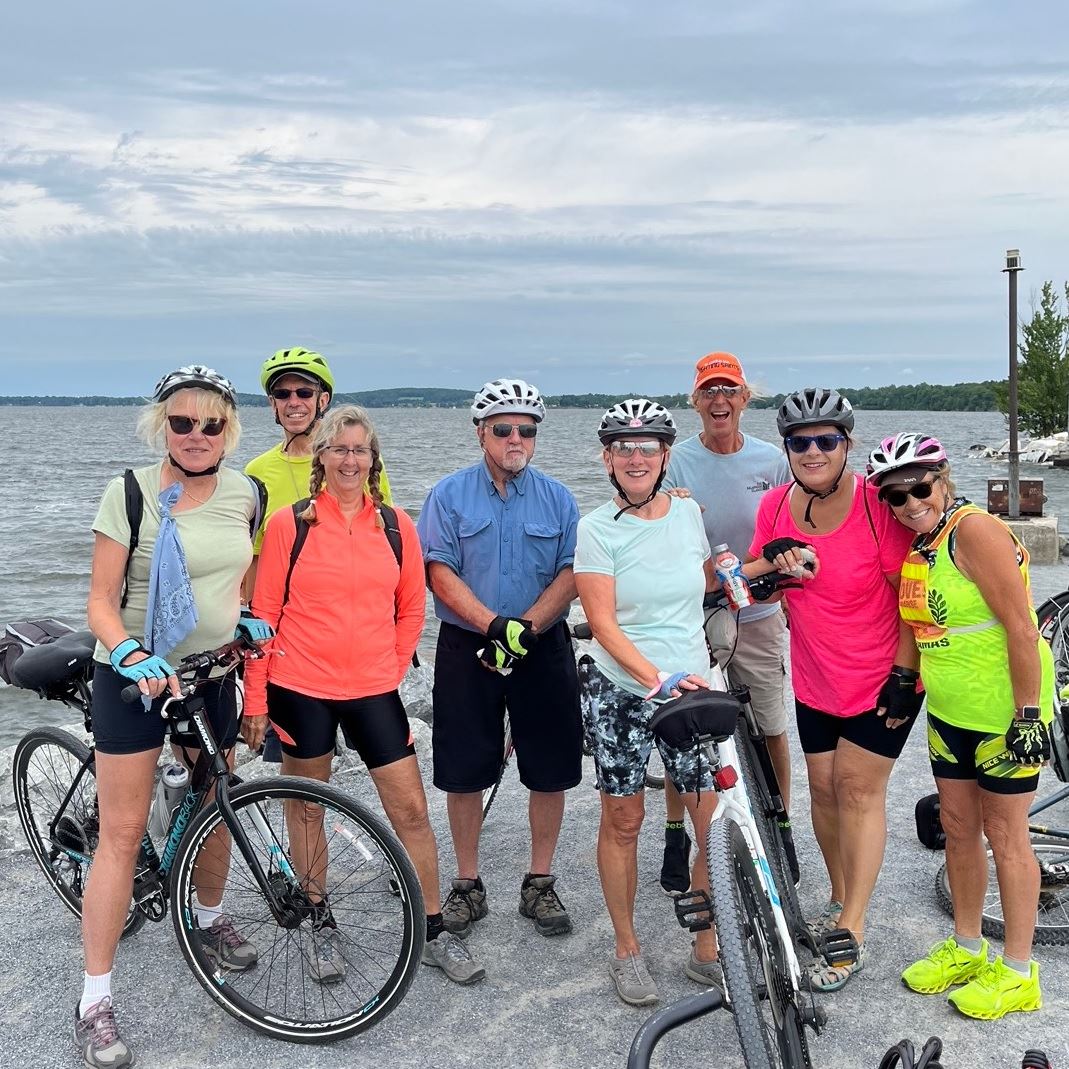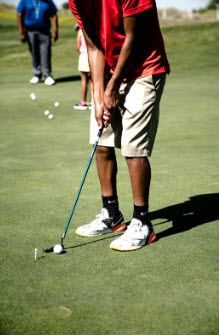Ski Boots: How to get the most out of the boots you have.
by Bill Romania
Your ski boots are arguably the most important piece of equipment in the ski-binding-boot triumvirate because they link you and your movement, thru the binding and ski, to the mountain and vice versa. They also have to fit both you and your bindings. That later fit was sometimes a challenge before standardization, and is becoming one again due to GripWalk and alpine touring bindings, but those are topics for another article. This article will focus on how to get the most from the boots you have.
I’m writing this from two point of view, first being that of a life-long skier who has experienced far too much foot pain, underperforming boots and marginal boot fitters as well as boots that fit and performed so well they felt like an extension of myself and transformed my skiing. The second point of view is as a former boot fitter in the late 70’s and early 80’s when there was a wide variety of boot types and styles on the market, most of which are thankfully no longer with us, specifically Scotts and Hansons.
I’ll address the different types of modern ski boots and their pluses and minuses as well as more arcane equipment such as foot beds and booster straps later. Today I’d like to focus on how to get the most from the boots you have, and that starts with your feet, ankles and shins.
No two pairs of feet are identical; for some of us even our two feet are different. But some things are constants and managing them can improve boot fit, performance and comfort.
You may think of a pedicure as a luxury but when it comes to a properly snug fitting ski boot, they are more of a necessity. Keeping your toenails healthy and short will improve toe room and comfort in the boot which translates into warmth as well. Removing dead skin and calluses similarly makes more room in the boot for better circulation. Pedicures become even more important as skiers age and blood circulation in the foot and ankle decrease and toenail thickness and calluses increase. Lastly, dead skin and calluses interfere with your perception of force upon the ski and the perception of the ski transmitted thru the boot, both of which are prerequisites for high performance skiing. Between pedicures, I highly recommend moisturizing the feet and lower leg to keep the skin supple and reduce dead skin that will only interfere with ski boot fit and performance.
I discovered a long time ago that removing the hair on my lower legs reduced shin pain and allowed me to better tolerate a tighter fit in the ankle and lower calf. Shaving also makes it easier to moisturizing your shins.
Unless you ski barefoot, which was a thing for a while back in the ‘70’s, the next layer on your feet and shins are socks. Hopefully all of you have discovered the benefit of thin, wool, skiing-specific socks. Wool absorbs moisture and retains the ability to warm your feet unlike other fabrics. If wool socks make your skin itch, I’ve found that moisturizing the skin helps as do socks made of Merino wool. Thin socks won’t compress over time in the boot unlike thick socks and they reduce friction, thereby maintaining the integrity and performance of your boot fit. Skiing-specific socks keep the seams flat and away from pressure areas and are long enough to cover your shin. I once worked on the boots of a skier who was complaining of shin pain. When I looked at his shins, I could still see the imprint of the ribs from the cheap cotton tube socks he had worn in his boots the day before. A pair of thin, wool ski socks solved his shin pain and improved the fit and comfort of his boots as well. Some skiers will use a thick sock in an attempt to make a too-large boot perform better. It doesn’t work for long.
Now that your feet and socks are ready for a day of skiing, it’s critical to make sure your boots are as well. I call this next step ‘the pre-skiing boot ritual’. It’s a ritual because it is so important to boot fit and comfort that it is sacred and inviolate for me. Everybody’s will be a bit different but the key steps are the same: Make sure your boots are dry from the previous days skiing. I use a dryer that forces warm air into the entire boot, including the toe area. Others may remove the boot liner so both shell and liner are exposed to warm indoor air. Above all, keep your boots in a warm and dry environment when you aren’t skiing. Of course, make sure your boots are toasty warm before you put them on. Whether you keep them near the heat ducts in your car for the drive to the mountain or use a heated boot bag (pricey but oh so good), you want to make sure they are at least as warm as your feet before putting them on. Warm and dry boots are easier to put on, can be buckled tighter than a colder boot and will give you what I call the ‘2pm fit’ at 8am because the liner is warm enough to compress and the shell is soft enough to enable tighter buckling. A warm boot will also stay warm longer, even on the coldest days. This process may preclude the need for expensive heaters or external boot covers for most skiers even on the coldest of days.
Putting your boots on: Everyone does this a bit differently but I want to make one point: There is no reason to bang the heel of the boot on the floor to get your heel fully back in the heel pocket. Aside from potentially damaging the heel where it interfaces with the binding, there are better ways to accomplish the same goal with less noise and effort. I start the process the same way I started it when fitting boots to customers. Open the front of the boot as wide as possible. Stand up and insert the foot into the boot. Why stand? A few reasons. First, the forward lean and high backs of most boots make it hard to insert the foot into a flat boot when seated. If the boot isn’t flat on the floor, the skier’s foot isn’t fully settled into the foot bed for the buckling process. Second, it’s hard to flex a boot while seated. Lastly, we ski with our weight on our feet so it makes sense to buckle the boots under those same circumstances. Once in the boot, close the cuff and tighten the power strap just enough to bring the tongue in contact with the shin. Then flex the boot aggressively several times, tightening the top three buckles repeatedly. This process refers to a traditional two-piece, overlap ski boot but the process is applicable to three-piece boots as well. The leverage of the lower leg against the boot is more than sufficient to move the heel fully back into the heel pocket. Then tighten the lower two buckles just enough to ensure the shell is closed and light pressure can be felt on the top of the foot.
Buckling and unbuckling during the ski day: We’ve all seen skiers riding the chair lift with their boots unbuckled. Usually you’ll see this with very stiff and tight-fitting boots but not exclusively. Some skiers may be unbuckling because their boots hurt when their weight is not on them. Some simply want to make the boot a bit looser to improve blood circulation and warm their feet. I’ve found unbuckling can make a difference on very cold days but I all too frequently forget to unbuckle or when I do, I forget to buckle back up.
Walking: The original ski boots were just stiff hiking boots so walking wasn’t an issue. Modern boots, unless they have a walk mode that frees the ankle to flex both fore and aft, are at best challenging to walk in. Regardless, the more we walk on hard surfaces in our boots, the more we damage the boot-binding interface. The plastic at the toe and especially the heel wears down. If the wear is considerable, the performance of the heel and toe binding may be compromised. Aside from the potential safety issue, any reduction in the contact area between the boot and binding, and thereby the ski, reduces skiers’ ability to drive and feel the ski. That’s why race boots have the largest possible flat binding interface at both heel and toe. You can minimize damage to boot safety and performance by using ‘Cat Tracs’ or similar protective, walk-able boot sole covers. At a minimum, inspect your boot soles and replace the toe and heel pads if they show considerable wear.
End of day ritual: While this part of the boot care and use regimen may not be as critical, it is still important. Once removed, lightly buckling the boots is helpful because the shell material has a memory; it will retain the shape it spends a great deal of time in. Maintaining the boot shell curve around the foot and the ankle by lightly buckling the boot will help the shell retain that fit. The next, even more critical step, is of course to dry them so they are ready to ski in the next day.
Off season boot care: In my tenure as a boot fitter, I saw a many pair of boots ruined by poor off-season storage. Mold and mildew were the most common culprits; rodent infestation and digestion were the grossest. Given the price of ski boots and the time required to get the right fit, they should be treated accordingly. I don’t recommend keeping ski boots in the garage or basement unless you can keep them dry and away from harmful pests. I also don’t recommend storing them in the attic as extreme summer heat may warp the shell material. Mine are on a rack in the basement utility room with one of the central AC air handlers which means the temperature and humidity are always within a healthy range. As for rodent control, the dogs and cats handle that.
"Schenectady Wintersports Club Inc." is a 501(c)4 non-profit organization. P.O. Box 2072, Wilton New York 12831
Powered by Wild Apricot Membership Software

